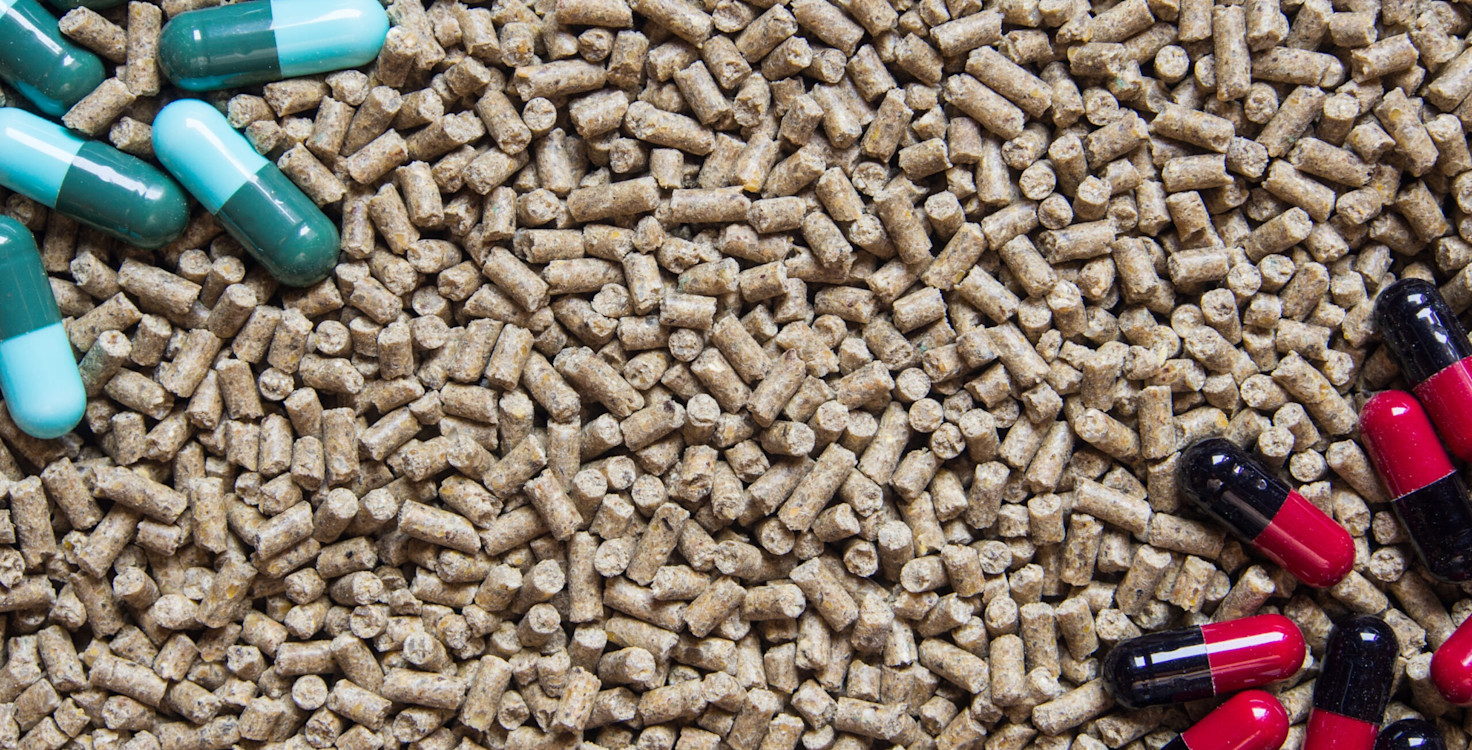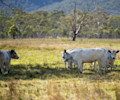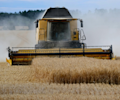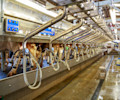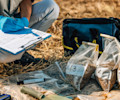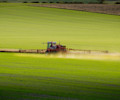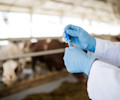World Antimicrobial Awareness Week (WAAW) has delivered an encouraging assortment of campaigns, guidance, and materials designed to highlight the dangers of antimicrobial resistance (AMR) and the need for concerted global action. The stats surrounding AMR and multi-resistant bacterial infections in humans are frequently cited—1.27 million deaths a year and rising, a cumulative $100 trillion cost to global economic output, a 3.8% reduction in annual GDP by 2050—the list goes on. They’re the startling, make-you-sit-up-a-little-straighter and re-read the page kind of facts, and that doesn’t include KPMG’s 100% resistance scenario: if all antibiotics were to fail, AMR could be responsible for 700 million deaths in aggregate by 2050. Such consequences present a strong argument for rethinking and reshaping how antibiotics are manufactured and used, but to focus purely on health risks to humans is to ignore a significant aspect of AMR.
AMR is a Threat to Livestock
When we think about the relationship between AMR and animals, it tends to be in the context of a potential zoonotic transfer and what this inevitably means for the future of human health—but AMR in humans is only one part of the problem. Failing to appropriately consider its full scope leads us to underestimate the risks AMR poses to animal health and the financial security of livestock workers.
According to the FAO, the livestock industry is responsible for the livelihood of 1.3 billion people—600 million of whom are low-income farmers. In 2017, the World Bank estimated that AMR and its economic repercussions would lead to a 3-8% reduction in global livestock production by 2050, with low-income countries estimated to see up to an 11% reduction in a high-impact scenario. This reduction, coupled with rapid population growth and an additional predicted 7-10% livestock loss due to climate change, would leave smallholder farms particularly vulnerable to the threat of widespread AMR.
Demand for Antibiotics is Expected to Rise
It may seem reasonable to blame antimicrobial overuse on our enthusiastic approach to doling out antibiotics to human patients, but we must consider that more than 70% of global antimicrobials are directed towards the livestock sector for use in food-producing animals (FAP). Despite a welcome recent decline in livestock antibiotic sales in the EU and US, increasing demand for meat is expected to drive a 67% net increase in global consumption of FAP antimicrobials between 2010 and 2030.
Increasing the use of antibiotics leads to increasing rates of AMR. In some regions, levels of AMR have risen 50% over the past two decades. This is particularly prevalent in lower- and middle-income countries (LMICs) with limited antibiotic regulations and regulatory enforcement mechanisms.
AMR in Animals is Already an Issue
The ultimate consequence of widespread AMR in livestock is the loss of our ability to treat sick animals. If antibiotics fail, diseased livestock cannot be treated, leading to unnecessary suffering and increased morbidity and mortality rates. This is already being seen across food-producing species, for example, the emergence of antibiotic-resistant Salmonella, E. coli, and Campylobacter infections in poultry. Increased resistance to these bacterial strains leads to reduced growth, early culling, and greater mortality. Similarly, the swine industry is seeing growing rates of antimicrobial-resistant swine dysentery, a severe enteric infection in growing pigs. Traditional antibiotic treatments have become ineffective in the face of widespread resistance, forcing veterinarians to rely on pleuromutilins which are classified as medically important by the WHO. It is alarming that resistance to pleuromutilins has also been reported, making it difficult to control the spread of swine dysentery and threatening significant livestock loss. In some outbreaks, swine dysentery has been responsible for 90% morbidity and 30% mortality rates in weaned pigs. Compound that with an expected increase in antibiotic resistance, plus a lack of alternative treatment options, and it becomes clear that AMR poses a systematic threat to animal health.
There is a Significant Gap in Knowledge of AMR in Animals
There is concerningly limited data on AMR’s quantitative impact on current livestock production, which is mainly due to a lack of AMR surveillance and comprehensive data collection. The intergovernmental public health systems which track cases of resistance in humans offer little data on AMR in livestock, leaving a glaring gap in knowledge. Resistancebank.org is an online repository that seeks to collate instances where AMR rates in livestock exceed 50%; however, it has many self-identified limitations, including inconsistencies with sampling and difficulty collecting data across countries. Most imperatively, livestock AMR data deposits do not identify how these hotspots translate to financial and production loss; so, we are likely significantly underestimating AMR’s current and future consequences. Without a true understanding of the present impact of AMR on animals, efforts to establish effective preventative measures to mitigate future impacts are stifled.
The Need for Alternatives to Antibiotics
As incidence of AMR rises and more stringent antibiotic regulation is put in place, livestock producers will need to turn to alternatives to meet their veterinary needs, creating an opportunity for animal pharmaceutical companies to provide solutions. Animal pharmaceutical companies that are not ensuring responsible use of their antibiotics and robustly diversifying their product portfolios toward alternatives are at risk of making their antibiotics ineffective, which in turn threatens future livestock production and cannibalises potential revenue streams.
With AMR on the rise, this is the time for companies to decide what their role will be in the future of animal health. Nutritional supplements, pre-biotics, pro-biotics, vaccinations, diagnostic tools, and improved animal welfare standards are starting to be used to promote better animal health and reduce disease prevalence. But there is still a need for multiple novel preventative and alternative treatments for bacterial infections.
Call to Action
Investors are beginning to recognise the growing concerns around AMR, and the unique position of animal pharmaceutical companies to be both a contributor and the solution to the problem. Investors can work with animal pharmaceutical companies to pre-empt the worst consequences of AMR. For example, by encouraging responsible antibiotic use, greater disclosure around antibiotics, and more significant investment in alternatives, thereby driving the industry towards long-term sustainable practices. Animal pharmaceutical companies who understand the risks and opportunities posed by AMR, should respond by investing in the development of the next generation of animal health solutions. These much-required solutions would protect the efficacy of antibiotics and support a healthy future for both humans and animals.
Senior oversight: Emma Berntman, Ph.D., Senior Engagement Specialist. If you would like to learn more about FAIRR’s work on AMR, please contact Emma at emma.berntman@fairr.org.
FAIRR insights are written by FAIRR team members and occasionally co-authored with guest contributors. The authors write in their individual capacity and do not necessarily represent the FAIRR view.
